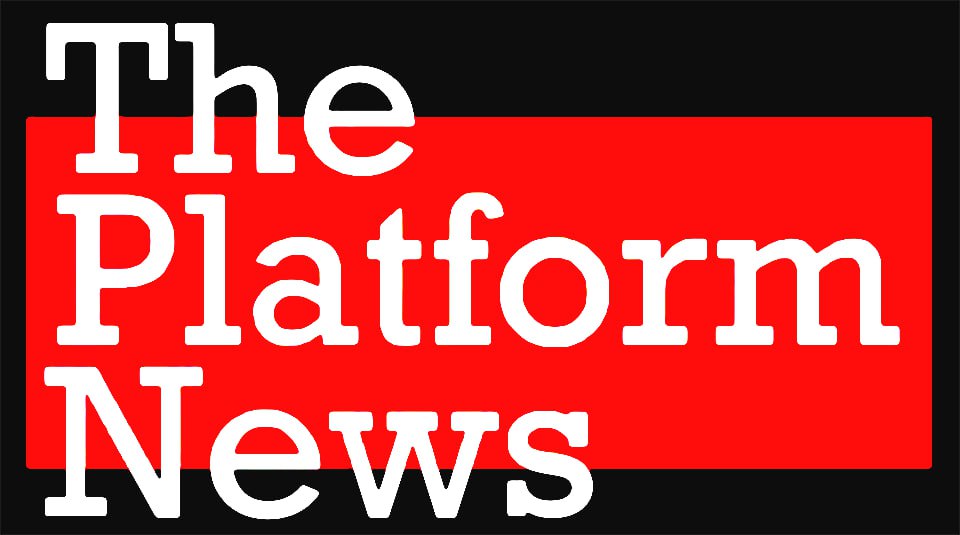Is diskarte and hiram enough to weather these economic storms, or will systemic economic reforms be necessary to lift families out of financial distress?
Hangang diskarte at hiram na lang ba?
This is the question many Filipinos ask themselves as they navigate the rising costs and persistent inflation affecting their daily lives.
In a country where economic instability is often a reality, diskarte (creative budgeting and resourcefulness) has become more than just a survival skill—it is a way of life.
According to the Philippine Statistics Authority (PSA), headline inflation reached 2.5% in November 2024, slightly higher than the 2.3% recorded in October of the same year. For the period of January to November 2024, inflation averaged 3.2%, which is still an improvement compared to the 4.1% inflation rate recorded in November 2023.
Despite these marginal improvements, inflationary pressures continue to affect Filipino households, especially those in lower income brackets.
In the face of this, diskarte is no longer just a choice; it’s a necessity. From side hustles to creative financial management, many Filipinos rely on their ingenuity to make ends meet.
But for a growing number, borrowing—hiram—has become another key coping mechanism.
In 2024, 20.1% of new loans granted by banks were for individuals, totaling ₱177.5 billion, according to the Bureau of Small and Medium Enterprises. This signifies a significant increase in household borrowing, driven by the rising demand for loans to manage day-to-day expenses and urgent needs.
The rise in loans underscores a worrying trend: as the cost of living increases, Filipinos are turning to debt to maintain their standard of living. While diskarte provides some respite, it is not a sustainable solution for many.
The increasing reliance on borrowing, paired with stagnant wages and persistent inflation, raises a crucial question: Is diskarte and hiram enough to weather these economic storms, or will systemic economic reforms be necessary to lift families out of financial distress?
Without addressing the root causes of inflation and income disparity, diskarte and hiram may not be enough to break the cycle of economic hardship.
To achieve long-term stability, reforms targeting inflation control, wage growth, and broader social safety nets may be essential in ensuring Filipinos can thrive, not just survive.



